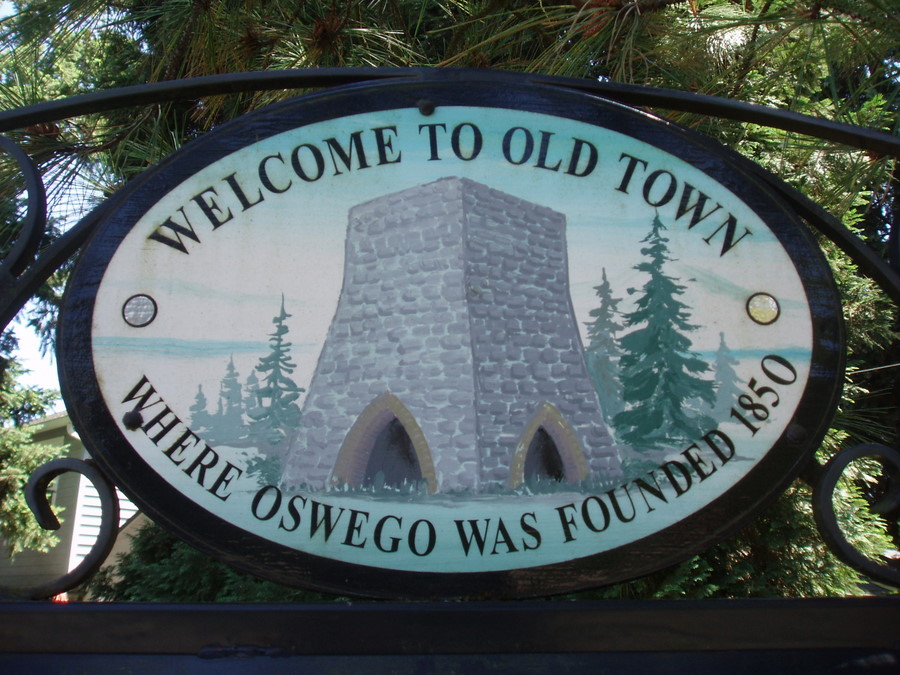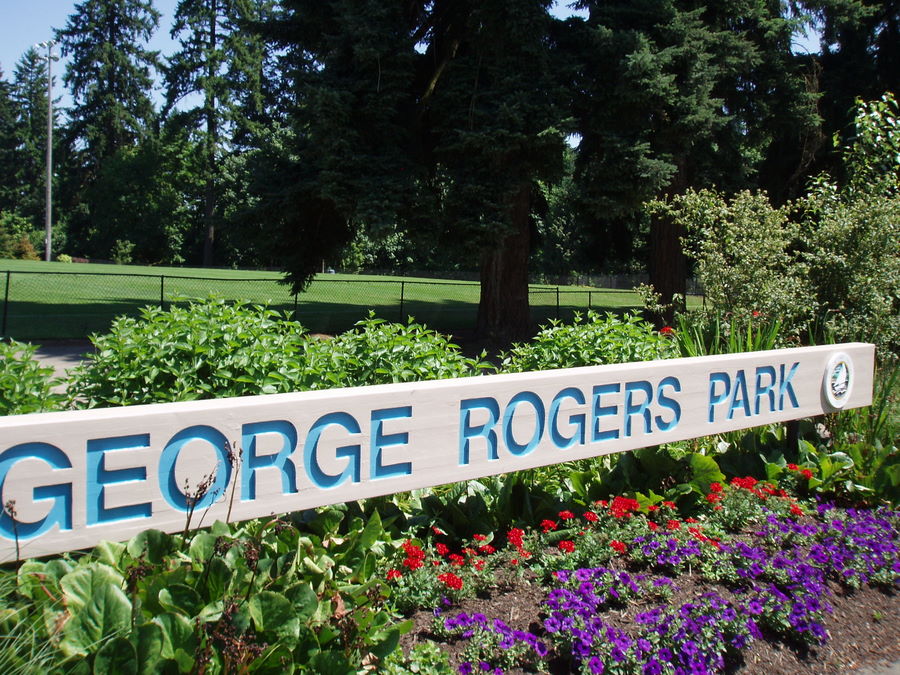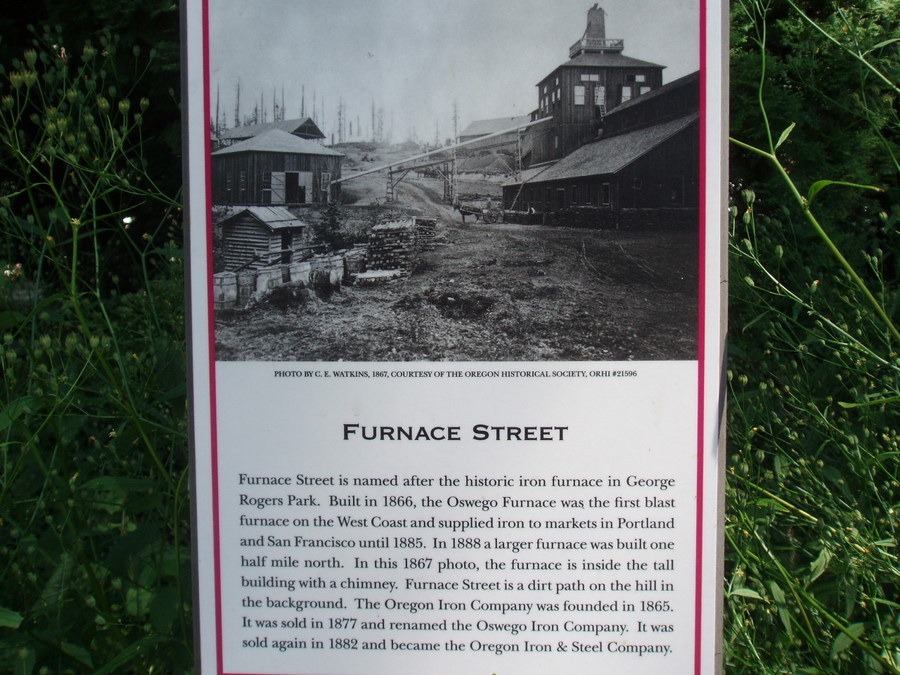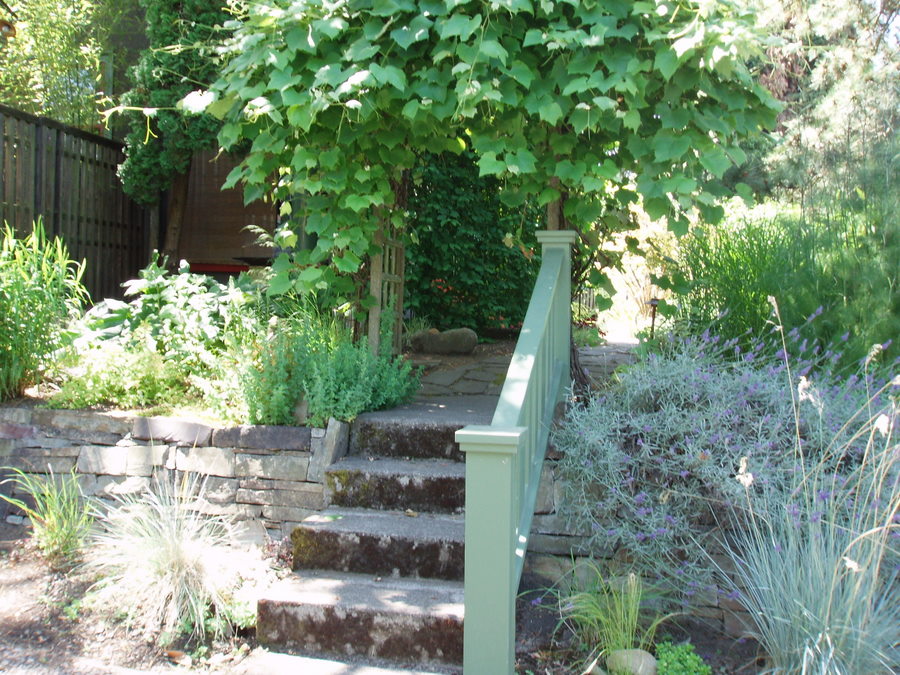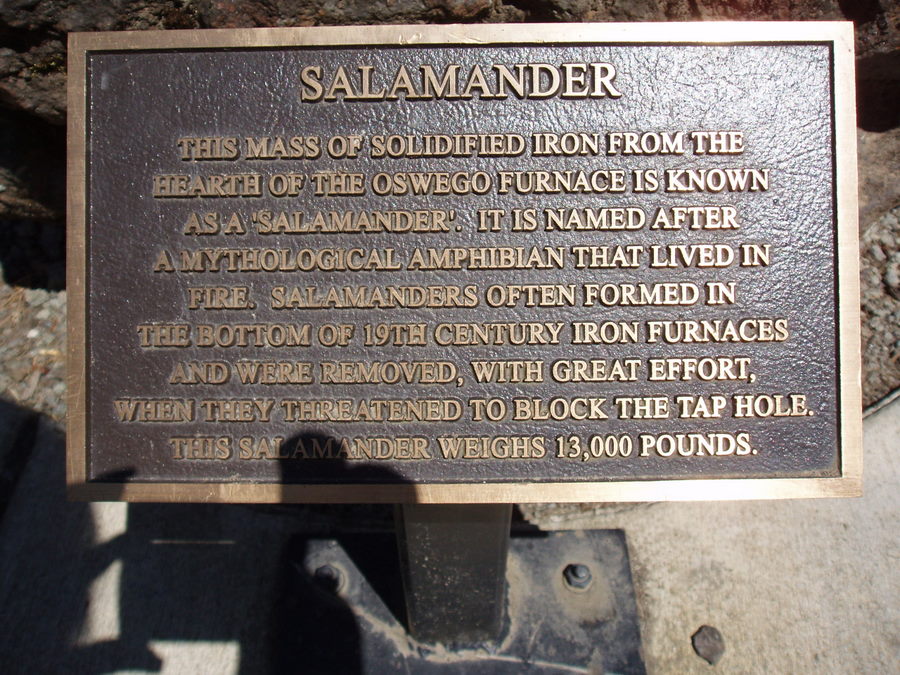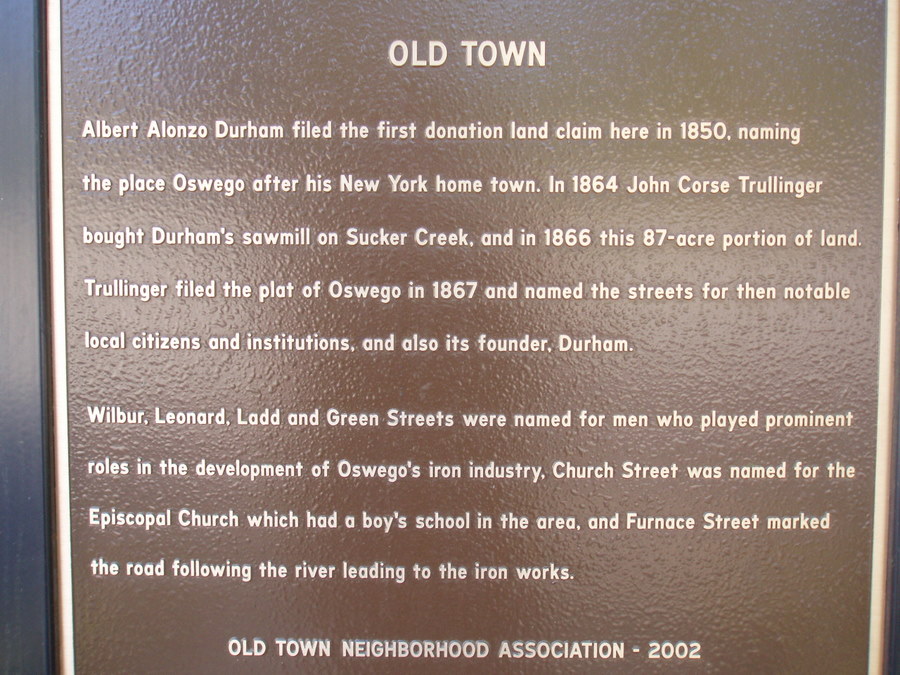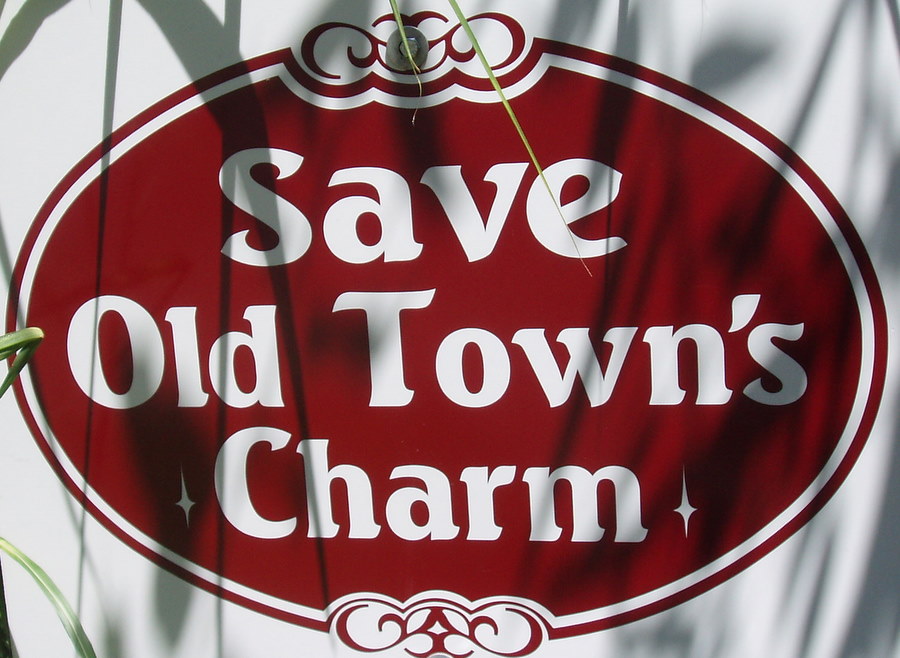If it seems like an unusually long list of properties in this week’s Market Activity report, it’s because we took last week off. Now, we’re back in the saddle, and have a chock-full market report for you to review.
Here is the latest activity in Lake Oswego (see below the tables for additional notes):
NEWLY LISTED (JULY 14 – JULY 27, 2008)
| ADDRESS |
LIST PRICE
|
TOT. BEDS
|
TOT. BATHS
|
TOT. SQ FT
|
PROP TYPE |
LIST DATE
|
| 4 TOUCHSTONE |
$139,900
|
2
|
1.1
|
979
|
CONDO |
7/13
|
| 44 EAGLE CREST DR |
$141,900
|
1
|
1
|
798
|
CONDO |
7/24
|
| 7200 MONTAUK CIR |
$149,000
|
2
|
1
|
968
|
CONDO |
7/16
|
| 6882 MONTAUK CIR |
$157,000
|
2
|
1
|
924
|
CONDO |
7/14
|
| 86 KINGSGATE RD |
$178,000
|
2
|
2
|
849
|
CONDO |
7/20
|
| 4636 LOWER DR |
$181,900
|
2
|
1.1
|
1,170
|
CONDO |
7/20
|
| 4 TOUCHSTONE |
$199,900
|
4
|
2
|
1,456
|
CONDO |
7/22
|
| 76 OSWEGO SMT |
$199,999
|
2
|
2
|
1,212
|
CONDO |
7/16
|
| 4087 JEFFERSON PKWY |
$225,000
|
2
|
2.1
|
1,851
|
ATTACHD |
7/19
|
| 668 MCVEY AVE |
$229,825
|
3
|
1.1
|
985
|
CONDO |
7/16
|
| 5060 FOOTHILLS DR |
$295,900
|
2
|
2
|
1,252
|
CONDO |
7/13
|
| 16250 PACIFIC HWY |
$299,000
|
2
|
2
|
1,311
|
CONDO |
7/20
|
| 17570 SW MARDEE AVE |
$299,850
|
3
|
1
|
1,050
|
DETACHD |
7/16
|
| 1615 HALLINAN ST |
$299,900
|
3
|
2
|
1,500
|
DETACHD |
7/16
|
| 3 The Grotto |
$329,500
|
3
|
2
|
1,688
|
DETACHD |
7/22
|
| 5487 SW TUALATA CT |
$330,000
|
3
|
3
|
1,200
|
DETACHD |
7/15
|
| 93 KINGSGATE RD |
$359,999
|
3
|
2.1
|
1,669
|
DETACHD |
7/14
|
| 1120 HALLINAN CIR |
$365,000
|
3
|
2
|
1,600
|
DETACHD |
7/13
|
| 5096 SW TREE ST |
$366,000
|
3
|
1.1
|
1,410
|
DETACHD |
7/15
|
| 1101 HEMLOCK ST |
$397,000
|
3
|
2.1
|
2,092
|
DETACHD |
7/23
|
| 13332 VERMEER DR |
$399,900
|
4
|
3
|
2,382
|
DETACHD |
7/15
|
| 1790 YARMOUTH CIR |
$414,900
|
2
|
2
|
1,551
|
DETACHD |
7/15
|
| 14432 HOLLY SPRINGS RD |
$424,900
|
3
|
2.1
|
1,318
|
DETACHD |
7/20
|
| 2130 WEMBLEY PARK RD |
$425,000
|
3
|
1.1
|
1,544
|
DETACHD |
7/23
|
| 2256 GLENMORRIE DR |
$425,000
|
3
|
2
|
1,798
|
DETACHD |
7/14
|
| 109 3RD ST |
$429,000
|
2
|
2
|
1,065
|
CONDO |
7/25
|
| 19 CHURCHILL DOWNS |
$439,500
|
4
|
3
|
2,159
|
DETACHD |
7/13
|
| 29 BECKET ST |
$449,999
|
3
|
2.1
|
2,288
|
DETACHD |
7/14
|
| 5079 W SUNSET DR |
$458,650
|
2
|
2.1
|
1,760
|
ATTACHD |
7/24
|
| 4967 SUNTREE LN |
$479,900
|
3
|
2.1
|
1,915
|
DETACHD |
7/20
|
| 14300 SHERBROOK PL |
$485,000
|
3
|
2.1
|
1,924
|
DETACHD |
7/15
|
| 5051 TUALATA LN |
$489,500
|
4
|
2
|
1,591
|
DETACHD |
7/16
|
| 540 2ND ST |
$495,000
|
3
|
2.1
|
1,520
|
CONDO |
7/24
|
| 8 Hotspur |
$519,000
|
3
|
2.1
|
1,966
|
DETACHD |
7/19
|
| 17095 REBECCA LN |
$519,950
|
3
|
2.1
|
2,258
|
ATTACHD |
7/18
|
| 17071 REBECCA LN |
$525,950
|
4
|
2.1
|
2,256
|
DETACHD |
7/18
|
| 1428 PINE ST |
$549,000
|
3
|
3.1
|
2,738
|
DETACHD |
7/21
|
| 668 MCVEY AVE |
$549,000
|
3
|
1.1
|
985
|
CONDO |
7/16
|
| 17088 REBECCA LN |
$569,900
|
3
|
3
|
2,507
|
DETACHD |
7/18
|
| 112 D AVE |
$579,900
|
2
|
2.1
|
1,741
|
ATTACHD |
7/16
|
| 2794 VALE CT |
$589,000
|
3
|
2.1
|
2,968
|
DETACHD |
7/14
|
| 815 10TH ST |
$589,000
|
3
|
2
|
2,190
|
DETACHD |
7/23
|
| 101 3RD ST |
$599,750
|
3
|
2
|
1,447
|
CONDO |
7/16
|
| 325 3RD ST |
$599,900
|
2
|
2.1
|
1,937
|
PARTOWN |
7/22
|
| 625 CLARA CT |
$599,900
|
3
|
2.1
|
2,532
|
DETACHD |
7/14
|
| 14412 MEADOW GRASS ST |
$600,000
|
4
|
2.1
|
3,563
|
DETACHD |
7/19
|
| 19664 RIVER RUN DR |
$615,000
|
4
|
2.1
|
3,051
|
DETACHD |
7/20
|
| 17443 SCHALIT WAY |
$623,900
|
5
|
4
|
3,493
|
DETACHD |
7/16
|
| 17244 FERNWOOD DR |
$664,500
|
4
|
2.1
|
2,617
|
DETACHD |
7/17
|
| 13268 DEERFIELD CT |
$689,900
|
4
|
2.1
|
2,895
|
DETACHD |
7/15
|
| 2084 RIDGEWOOD RD |
$699,900
|
3
|
2.1
|
2,117
|
DETACHD |
7/14
|
| 17423 OAK MEADOW LN |
$699,900
|
3
|
2.1
|
3,125
|
DETACHD |
7/16
|
| 17622 BROOKHURST DR |
$724,900
|
4
|
2.1
|
2,909
|
DETACHD |
7/21
|
| 4031 OLD GATE ROAD |
$729,900
|
4
|
3.1
|
3,704
|
DETACHD |
7/20
|
| 14855 TWIN FIR RD |
$749,900
|
3
|
1.1
|
1,639
|
DETACHD |
7/22
|
| 18036 SKYLAND CIR |
$759,000
|
3
|
2.1
|
3,000
|
DETACHD |
7/19
|
| 3325 CEDAR CT |
$789,000
|
4
|
2.1
|
3,500
|
DETACHD |
7/20
|
| 3240 UPPER DR. |
$794,950
|
4
|
2.1
|
3,410
|
DETACHD |
7/24
|
| 15459 VILLAGE DR |
$849,000
|
4
|
3.1
|
3,059
|
DETACHD |
7/17
|
| 550 MIDDLECREST RD |
$849,900
|
3
|
2.1
|
2,240
|
DETACHD |
7/17
|
| 1273 WELLS ST |
$849,950
|
4
|
3
|
4,001
|
DETACHD |
7/21
|
| 1928 PALISADES TERRACE DR |
$949,000
|
4
|
5.1
|
4,343
|
DETACHD |
7/17
|
| 716 MCVEY AVE |
$959,900
|
3
|
2
|
2,348
|
DETACHD |
7/22
|
| 1420 MORNING SKY CT |
$989,000
|
4
|
3.1
|
3,578
|
DETACHD |
7/20
|
| 13915 SUNDELEAF DR |
$998,000
|
4
|
3.1
|
4,090
|
DETACHD |
7/15
|
| 1619 BAY VIEW LN |
$999,900
|
5
|
3.1
|
4,922
|
DETACHD |
7/14
|
| 17335 CANAL CIR |
$1,079,000
|
3
|
3
|
2,092
|
DETACHD |
7/13
|
| 2680 GLEN EAGLES RD |
$1,089,000
|
3
|
3
|
3,000
|
DETACHD |
7/17
|
| 2801 LAKEVIEW BLVD |
$1,149,000
|
3
|
3.2
|
3,400
|
DETACHD |
7/13
|
| 13360 KNAUS RD |
$1,149,900
|
4
|
3
|
3,450
|
DETACHD |
7/14
|
| 3300 RIVER WOODS PL |
$1,150,000
|
3
|
2.1
|
3,595
|
DETACHD |
7/24
|
| 17388 CEDAR RD |
$1,195,000
|
2
|
1
|
2,134
|
DETACHD |
7/23
|
| 15446 BOONES WAY |
$1,198,900
|
3
|
2.1
|
3,364
|
ATTACHD |
7/19
|
| 14381 FOSBERG RD |
$1,199,000
|
4
|
3.1
|
4,900
|
DETACHD |
7/23
|
| 13010 SW KNAUS RD |
$1,249,500
|
4
|
3.1
|
4,312
|
DETACHD |
7/15
|
| 1055 COUNTRY CLUB RD |
$1,250,000
|
3
|
2
|
2,804
|
DETACHD |
7/21
|
| 5250 SW DAWN ST |
$1,275,000
|
4
|
3.1
|
4,333
|
DETACHD |
7/13
|
| 17459 WREN CT |
$1,369,000
|
4
|
4
|
4,366
|
DETACHD |
7/15
|
| 611 RIDGEWAY RD |
$1,379,000
|
4
|
5.1
|
4,463
|
DETACHD |
7/20
|
| 17677 Westview Rd. |
$1,498,950
|
5
|
4.1
|
5,031
|
DETACHD |
7/15
|
| 17334 BERGIS FARM DR |
$1,737,000
|
5
|
4.1
|
5,654
|
DETACHD |
7/16
|
| 1115 NORTHSHORE RD |
$1,949,000
|
4
|
4.1
|
4,330
|
DETACHD |
7/14
|
| 18783 SW STAFFORD RD |
$1,995,000
|
5
|
3.1
|
4,857
|
DETACHD |
7/21
|
| Twin Points RD |
$2,700,000
|
4
|
3
|
4,448
|
DETACHD |
7/23
|
PENDING SALES (JULY 14 – JULY 27, 2008)
| ADDRESS |
LIST PRICE
|
TOT. BEDS
|
TOT. BATHS
|
TOT. SQ FT
|
PROP TYPE |
DOM
|
| 100 KERR PKWY |
$105,000
|
1
|
1
|
617
|
CONDO |
6/1
|
| 47 EAGLE CREST DR |
$149,900
|
2
|
1
|
932
|
CONDO |
6/18
|
| 86 KINGSGATE RD |
$169,900
|
2
|
2
|
840
|
CONDO |
3/11
|
| 4000 CARMAN DR |
$182,900
|
2
|
2
|
1,100
|
CONDO |
3/29
|
| 668 McVey AVE |
$199,850
|
1
|
1
|
626
|
CONDO |
11/15
|
| 48 EAGLE CREST DR |
$224,900
|
2
|
2
|
1,495
|
CONDO |
6/9
|
| 1543 BONNIEBRAE DR |
$249,500
|
3
|
1.1
|
1,303
|
ATTACHD |
4/12
|
| 16692 SW LAKE FOREST BLVD |
$299,900
|
2
|
1
|
1,690
|
DETACHD |
5/20
|
| 4070 WESTBAY RD |
$350,000
|
1
|
1
|
1,828
|
DETACHD |
7/14
|
| 4284 WEST BAY RD |
$439,900
|
3
|
2
|
1,539
|
DETACHD |
5/12
|
| 16946 LOWER MEADOWS DR |
$449,000
|
3
|
2.1
|
1,795
|
DETACHD |
6/16
|
| 18321 WOOD THRUSH CIR |
$449,900
|
3
|
2.1
|
2,052
|
DETACHD |
6/19
|
| 1210 WELLS ST |
$450,000
|
5
|
3.1
|
4,494
|
DETACHD |
7/6
|
| 310 DURHAM ST |
$549,000
|
3
|
2.1
|
1,940
|
ATTACHD |
6/24
|
| 14062 CHELSEA DR |
$685,000
|
4
|
2.1
|
2,974
|
DETACHD |
5/14
|
| 5017 HARTFORD PL |
$699,000
|
3
|
3.1
|
3,259
|
DETACHD |
5/28
|
| 5310 Washington CT |
$729,900
|
3
|
2.1
|
3,328
|
DETACHD |
6/2
|
| 4300 ALBERT CIR |
$879,000
|
4
|
2.1
|
3,205
|
DETACHD |
4/27
|
| 720 6TH ST |
$1,300,000
|
4
|
3.1
|
4,217
|
DETACHD |
3/13
|
| 651 IRON MOUNTAIN BLVD |
$1,795,000
|
5
|
4.1
|
5,776
|
DETACHD |
3/13
|
| 1673 CHERRY LN |
$1,995,000
|
4
|
4.3
|
5,732
|
DETACHD |
3/16
|
SOLD (JULY 7 – JULY 20, 2008)
| ADDRESS | ORIG. PRICE | SALE PRICE |
TOT. BEDS
|
TOT. BATHS
|
TOT. SQ FT
|
PROP TYPE |
DOM
|
| 47 EAGLE CREST DR |
$128,500
|
$121,000
|
1
|
1
|
666
|
CONDO |
74
|
| 88 Galen |
$145,250
|
$132,000
|
2
|
1
|
923
|
CONDO |
34
|
| 45 EAGLE CREST DR |
$165,000
|
$160,000
|
1
|
1
|
780
|
CONDO |
28
|
| 482 S STATE ST |
$295,500
|
$275,000
|
2
|
1
|
1,659
|
CONDO |
26
|
| 19 MOUNTAIN CIR |
$329,000
|
$305,000
|
2
|
2
|
1,364
|
ATTACHD |
101
|
| 3 PEACOCK PL |
$324,000
|
$310,000
|
3
|
2.1
|
1,430
|
DETACHD |
32
|
| 5060 FOOTHILLS DR |
$325,000
|
$325,000
|
2
|
2
|
1,252
|
CONDO |
19
|
| 15446 STEPHANIE CT |
$347,750
|
$336,000
|
3
|
2.1
|
1,582
|
ATTACHD |
97
|
| 5636 SW LANGFORD LN |
$365,000
|
$365,000
|
2
|
2
|
1,536
|
DETACHD |
4
|
| 210 S STATE ST |
$419,000
|
$375,000
|
2
|
2.1
|
1,743
|
CONDO |
146
|
| 428 ASH ST |
$695,000
|
$380,000
|
5
|
5
|
4,380
|
DETACHD |
136
|
| 2 MORNINGVIEW CIR |
$727,000
|
$425,000
|
3
|
2.1
|
2,954
|
DETACHD |
404
|
| 1720 WOODLAND TER |
$549,900
|
$455,000
|
4
|
2.1
|
2,786
|
DETACHD |
69
|
| 40 NOVA CT |
$475,000
|
$468,000
|
4
|
2.1
|
2,308
|
DETACHD |
53
|
| 16 CHURCHILL DOWNS DR |
$520,000
|
$520,000
|
3
|
2.1
|
2,056
|
DETACHD |
2
|
| 18086 JENIFERS WAY |
$779,000
|
$710,000
|
3
|
2.1
|
2,566
|
DETACHD |
65
|
| 547 MIDDLECREST RD |
$849,900
|
$775,000
|
2
|
2.1
|
1,881
|
DETACHD |
90
|
| 1821 HEADLEE LN |
$879,000
|
$865,000
|
2
|
2
|
2,187
|
DETACHD |
17
|
| 4700 SW DOGWOOD DR |
$1,699,000
|
$1,580,000
|
5
|
3.1
|
5,401
|
DETACHD |
6
|
| 3102 DOUGLAS CIR |
$1,848,000
|
$1,600,000
|
5
|
4.1
|
4,618
|
DETACHD |
49
|
| 4233 SOUTHSHORE BLVD |
$2,500,000
|
$2,275,000
|
3
|
3
|
3,100
|
DETACHD |
9
|
Criteria: Homes in the 97034 and 97035 zip code, listed, pending or sold between the dates listed above as reported by the Regional Multiple Listing Service (RMLS). DETACHD refers to Single Family Detached Residence, MFG refers to manufactured housing, and ATTACHD refers to single-family residences with some portion of the structure attached to another property, but not constituting CONDO ownership. DOM stands for days on market, or the number of days from when the listing became active and when it received an acceptable offer.
If links to ACTIVE properties do not bring up property information, the listing may no longer be active, but rather expired, cancelled, pending, or sold.

 I have seen everything from what seems like extreme overpricing ($100,000 or more above what seems like a reasonable asking price) to modest positioning above apparent market value.
I have seen everything from what seems like extreme overpricing ($100,000 or more above what seems like a reasonable asking price) to modest positioning above apparent market value. We’d like to post the Lake Oswego real estate market results for the past week, but our highly skilled, but woefully underpaid database guru is on vacation. He apparently will not be publishing Open House information this week, either.
We’d like to post the Lake Oswego real estate market results for the past week, but our highly skilled, but woefully underpaid database guru is on vacation. He apparently will not be publishing Open House information this week, either. The City of Lake Oswego has developed quite a reputation for its amazing displays of flowers. Flowers are everywhere: hanging in baskets, in the meridians of roads, in the round abouts, and along pathways and around intersections. Everywhere you turn in the summer months is an absolute feast of color.
The City of Lake Oswego has developed quite a reputation for its amazing displays of flowers. Flowers are everywhere: hanging in baskets, in the meridians of roads, in the round abouts, and along pathways and around intersections. Everywhere you turn in the summer months is an absolute feast of color. I have to give credit for a large part of the City’s strong interest in flowers to one of the City’s former mayors, Bill Gerber. Bill loved this City. He owned a nursery in Lake Grove called Gerber Gardens. He toured the world looking at gorgeous gardens and brought his love of gardens home to Lake Oswego. It was through Bill’s efforts that Lake Oswego entered into, and won, the America in Bloom competition.
I have to give credit for a large part of the City’s strong interest in flowers to one of the City’s former mayors, Bill Gerber. Bill loved this City. He owned a nursery in Lake Grove called Gerber Gardens. He toured the world looking at gorgeous gardens and brought his love of gardens home to Lake Oswego. It was through Bill’s efforts that Lake Oswego entered into, and won, the America in Bloom competition.